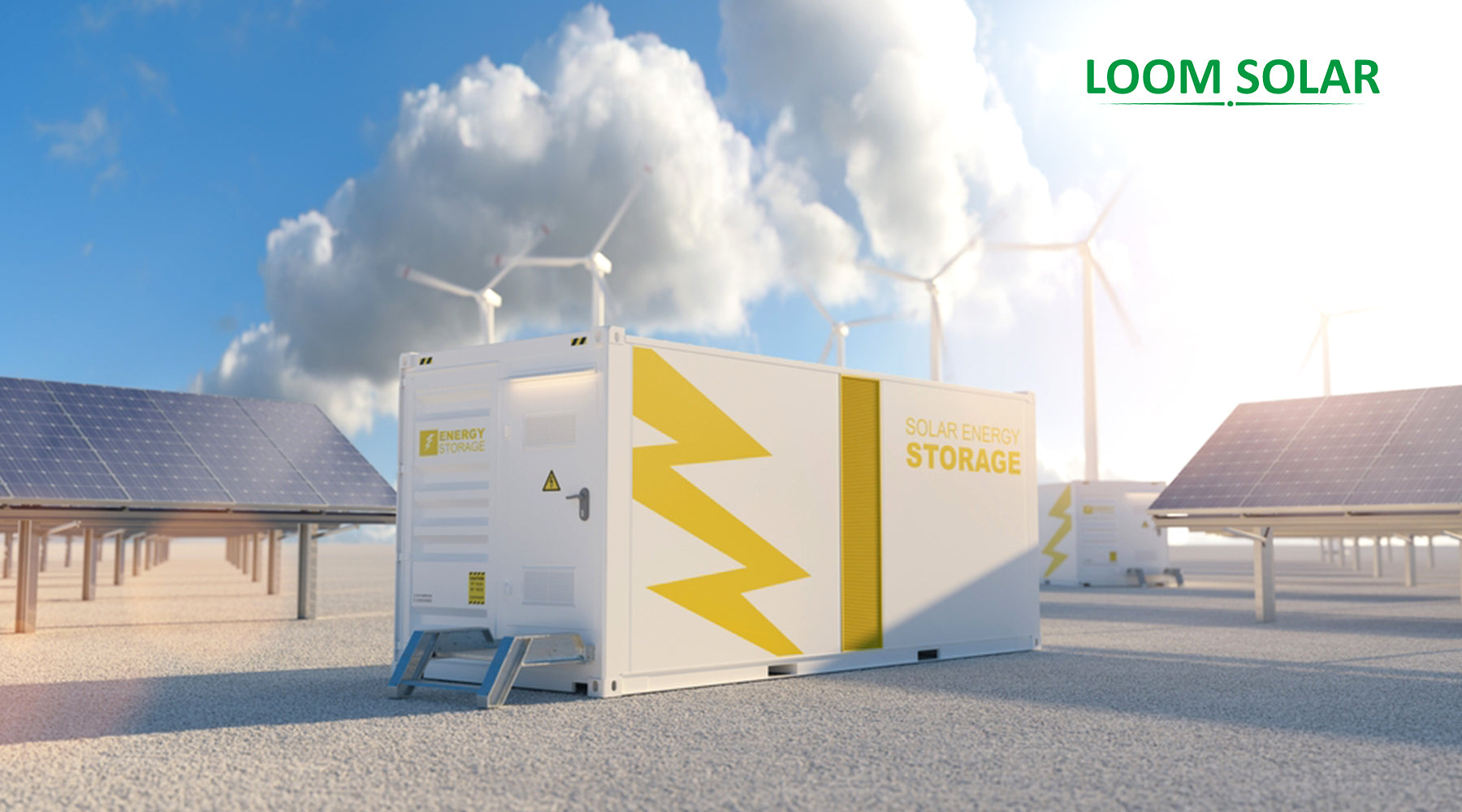Summer is approaching, and numerous consumers are seeking the latest technology batteries for their inverters. There are two categories of buyers: those aiming to swap out their current battery for a new model, and those acquiring a battery for the first time. In this battery purchase guide, you’ll discover the essentials of batteries, their uses, and several crucial tips. First, let’s comprehend the fundamental definition of a battery. A battery is an electrochemical apparatus that transforms chemical energy into electrical energy.
Categories of Batteries
There are two primary categories of batteries: Primary batteries and Secondary batteries.
Primary batteries are non-rechargeable and frequently utilized in watches, toys, and remote controls.
Secondary batteries are rechargeable and extensively employed in power backup systems, solar energy storage, automotive uses, and beyond.
In this article, we will concentrate on secondary batteries and their varieties. The two most well-known varieties of secondary batteries are lead-acid batteries and lithium-ion batteries.
Lead-acid batteries: A conventional and economical power backup option, often used in residential and commercial settings.
Lithium-ion batteries: A contemporary substitute that provides enhanced energy efficiency, extended lifespan, and quicker charging. These batteries are increasingly favored for high-capacity storage solutions.
What is a Lithium Battery?
A lithium battery is a kind of rechargeable battery extensively employed in power backup and storage systems. It is commonly utilized in electric vehicles, laptops, mobile phones, toys, electric bicycles, and energy storage systems.
Why Opt for Lithium Batteries?
Lithium batteries are favored over conventional batteries due to several benefits:
The primary element of a lithium battery is lithium cells, available in capacities such as 100Ah/48V, 100Ah/51.2V, and more.
Key Lithium Battery Capacities for Energy Storage in India
India is an expanding market for energy storage systems, ranking second after Australia. While batteries were historically utilized in regions with frequent power interruptions, they are now crucial for grid stability, minimizing peak demand charges, microgrids, and more.
The main purchasers of Battery Energy Storage Systems (BESS) include DISCOMs (electricity distribution companies), electric vehicle producers, storage solution providers, and telecom firms.
Lithium battery capacities begin at 5kWh and can reach MWh levels. These batteries are generally tailored to meet specific needs rather than being off-the-shelf products.
How to Select a Lithium Battery for Power Backup Solutions
At Loom Solar, a premier lithium-ion battery producer located in Faridabad, Haryana, we offer lithium batteries for residential, commercial, industrial, and governmental sectors. With over seven years of experience in the solar energy industry, we have assisted more than 100,000 customers throughout India.
When choosing a power backup solution, keep the following factors in mind:
Load/Power Consumption – Ascertain your peak load and normal load needs. Generally, normal load consumption should be the primary focus.
Backup Duration – Assess how many hours of backup you require in the event of a power outage.
Efficiency – The efficiency of inverters and batteries is around 80%.
Load Distribution – Ensure proper load distribution when installing an energy storage system.
Phase Balancing – For those with a three-phase connection, ensure correct phase balancing.
Conclusion
In this lithium battery purchasing guide, we have discussed the basics of batteries, their varieties, and how to select the appropriate one for power backup solutions. If you’re considering investing in a reliable energy storage solution, lithium batteries present a superior choice compared to traditional lead-acid options.
For more information on customized lithium battery solutions, don’t hesitate to reach out to Loom Solar!

